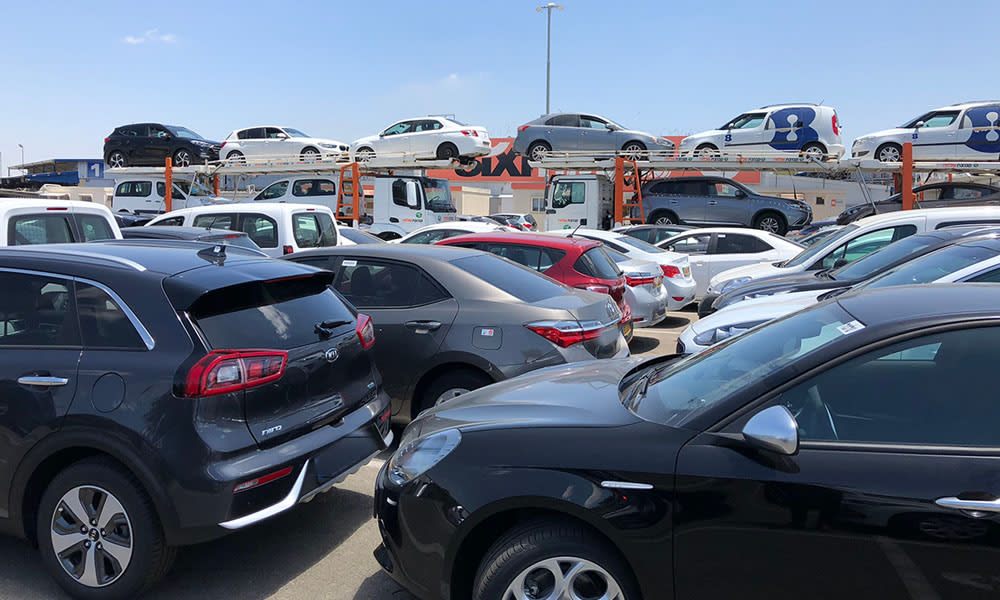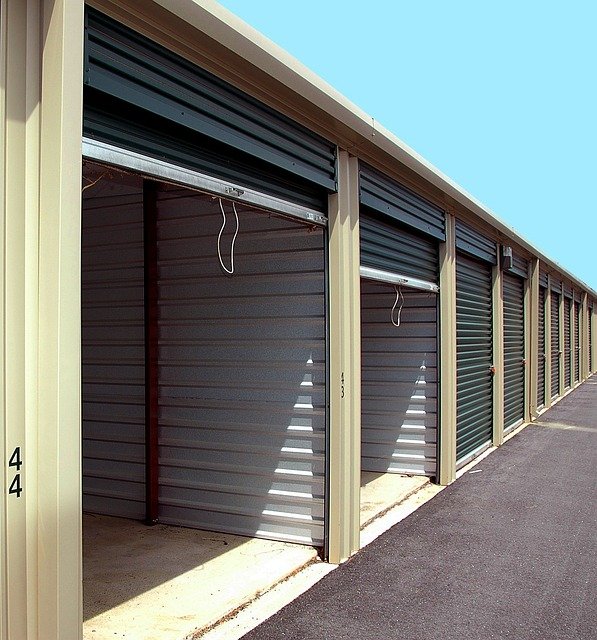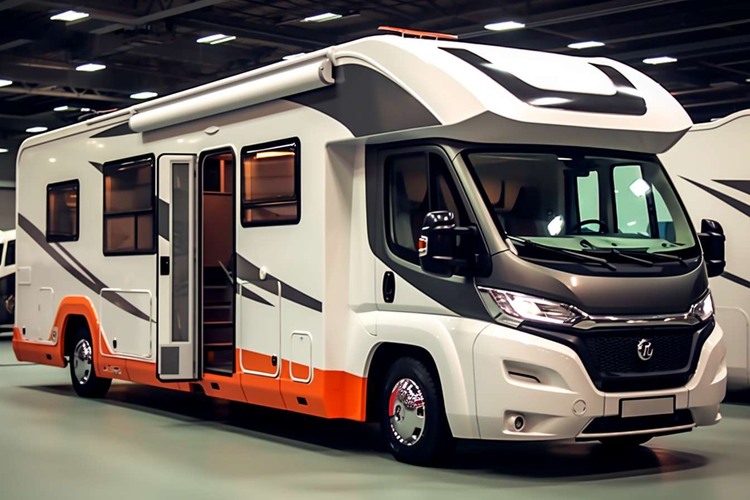Used Cars: Practical Guide to Buying and Owning a Secondhand Vehicle
Choosing a used car involves balancing budget, reliability and personal needs. This guide explains how to inspect vehicles, compare buying options, estimate ongoing costs, understand paperwork and warranties, and negotiate the final price. The advice is practical for buyers looking at private sellers, franchised dealers, online marketplaces or local services in the UK and comparable markets.

How to inspect a used car before buying
A thorough inspection can reveal issues that affect safety and long-term cost. Start with an external check: look for rust, uneven panel gaps, mismatched paint and signs of repair around lights and bumpers. Check tyres for even wear and sufficient tread depth, and inspect under the bonnet for leaks, corrosion or worn belts. Inside, test all electrics, seat adjustment and heating/air systems. On a test drive, listen for unusual noises, check steering alignment and observe gear changes. If in doubt, arrange an independent mechanical inspection through local services or an AA/RAC-style vehicle inspection.
Where to buy: private seller, dealer or online
Each buying route has pros and cons. Private sellers often offer lower prices but less protection; you’ll need to verify service history and confirm the car is not subject to finance or outstanding write-offs. Franchised dealers can offer warranties and trade-in options, while independent used-car dealers may provide better value with limited guarantees. Online marketplaces and auction platforms give broad choice but require careful vetting. Consider using local services for pre-purchase checks, and always verify the vehicle’s MOT history and ownership record through official databases in your area.
Ownership costs and general pricing guidance
Used car prices vary widely by make, model, age and mileage. Beyond purchase price, factor in insurance, fuel (petrol/diesel/electric charging), road tax where applicable, routine servicing, MOT, tyre replacement and possible repairs. As a rough benchmark, smaller city cars typically incur lower insurance and running costs than larger executive models; older cars may have lower purchase prices but higher maintenance risk. Lease or finance repayments are an additional cost if you choose credit. Always budget a maintenance buffer—unexpected repairs can be a significant part of total cost of ownership.
Documentation, warranty and history checks
Valid documents should include the V5C registration logbook, current MOT certificates and a full service history if available. A clear service record is a good indicator of care. Warranties vary: some dealers include a short-term warranty, while independent providers sell extended coverage. Check what is covered (engine, gearbox, electrical faults) and any excess amounts. Use official vehicle history checks to uncover prior accidents, recorded mileage issues or outstanding finance. Keep copies of all purchase documents and receipts; these will help if disputes arise or when you sell the car later.
Financing, insurance and taxation basics
If you require finance, compare personal loan, dealer finance and PCP options for monthly cost, interest rate and total payable. Credit terms and eligibility can differ between providers; read the small print for balloon payments or mileage limits. For insurance, obtain quotes for comprehensive, third-party fire & theft or third-party only coverage—premium cost depends on vehicle value, your driving history and chosen excess. Tax rules and exemption criteria differ by fuel type and emissions; ensure the vehicle is correctly taxed and that you understand any clean-air zone charges that could apply in city centres.
Negotiation tips and final purchase checks
Prepare before negotiating: know the average market price for the exact model, year and mileage. Highlight valid concerns from inspections (minor dents, service gaps, or upcoming items like new tyres or an MOT) to justify a lower offer. Remain polite and firm; private sellers and dealers often expect some negotiation. Before payment, confirm the VIN matches documents, retest-drive at different speeds, and verify any promised repairs are completed. Use secure payment methods, obtain a signed receipt detailing the agreed terms and transfer ownership via the appropriate government portal to avoid future liabilities.
Conclusion
Buying a used car requires careful research and practical checks to balance cost, reliability and personal requirements. Focus on vehicle history, independent inspections, realistic budgeting for running costs and clear documentation. With methodical preparation and realistic expectations, purchasing a secondhand vehicle can deliver reliable transport that meets your needs without unexpected financial strain.



